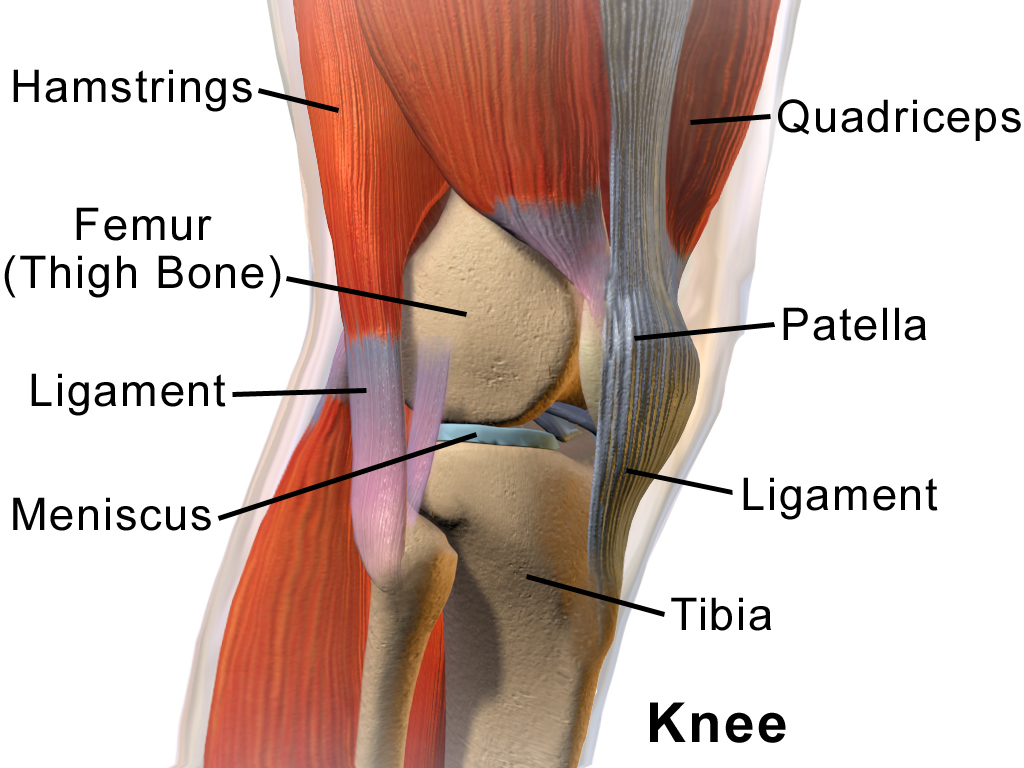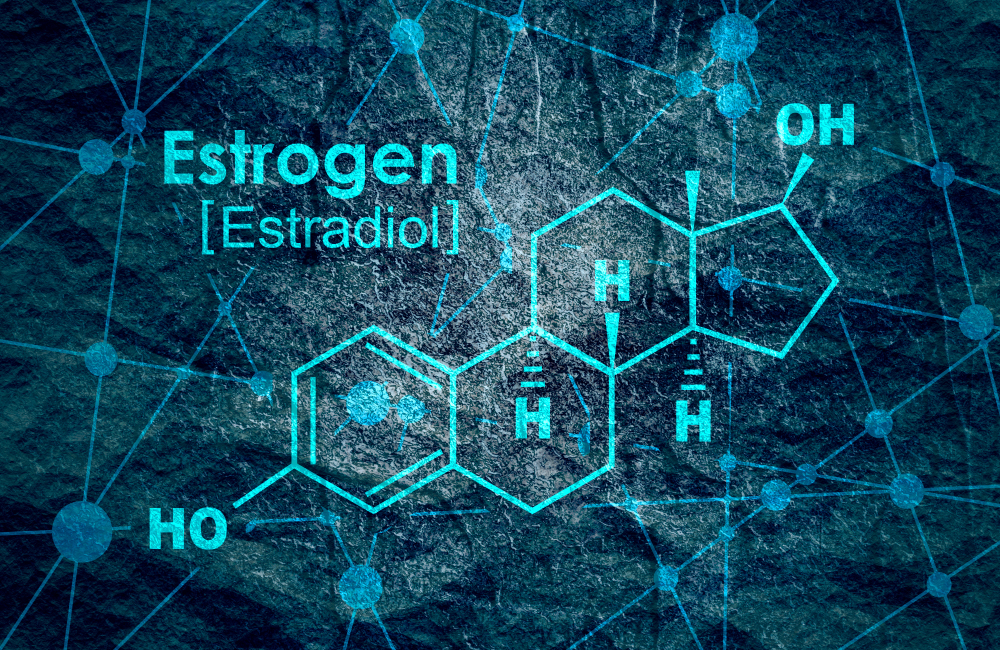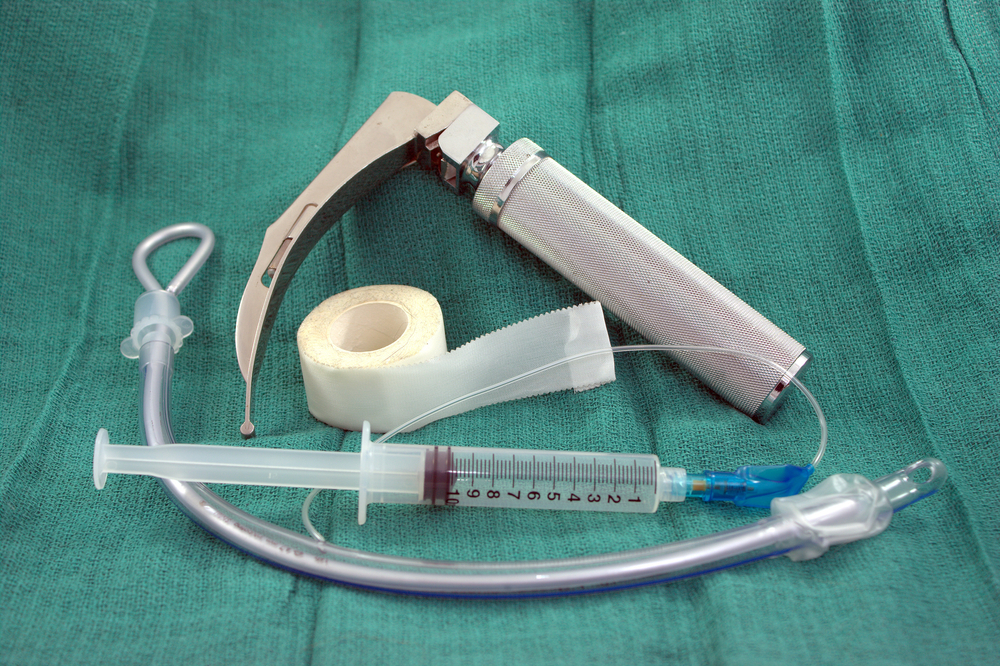Literature versus clinical practice: rehabilitation intervention following meniscal repair
Posted on 1st October 2019 by Pasquale Amarante

Introduction
The aim of this blog is to compare the exercises performed during daily clinical practice against what the literature suggests for rehabilitation interventions following a meniscal repair.
Clinical Case Report
The patient was a 29-year-old man with an injury to his right lateral meniscus which occurred due to a traumatic event. One month after the trauma, the patient received an arthroscopic meniscal repair. Two months after surgery, the patient presented with a swelling at the knee, altered thermosensitivity and instability with a slightly ballotable patella (the patella feels like it is floating and bounces back up when pushed down). This generated instability of the knee which negatively affected his gait.
His Range of Motion (ROM) was full into flexion, but limited and painful in the last degrees of extension. A test of strength showed a deficit in quadriceps femoris and gluteus maximus and medius. The pain measured with the Numeric Rating Scale (NRS) was scored as 2 on a 0 to 10 scale.
Medical examination indicated 20 physiotherapy sessions to improve knee mobility and 20 sessions of electrical stimulation of the quadriceps.
The physiotherapy session started with a short period of mobilization and warm-up, then it focused on proprioceptive exercises on unstable surfaces and strength exercises for the weak muscles including squats, leg press and leg extension.
What does the literature suggest?
The main factors that could influence meniscal healing are age, blood supply, type and time of meniscal tear, and acute and traumatic tears. Post-surgery rehabilitation aimed to protect the repaired meniscus and facilitate the functional recovery. It focused on passive mobilization and progressive strengthening exercises [1].
Rehabilitation Programs
Spang et al [1] showed that many rehabilitation programmes propose avoiding weight-bearing forces in the immediate postoperative period to protect the repair from high compressive and shear forces. Non weight-bearing knee flexion should be limited to 110° for medial meniscal repairs and to 60° for lateral meniscal repairs. An increased meniscofemoral pressure in both compartments, flexion angle, loading nor suture had significant impact. In this way, accelerated rehabilitation programmes with partial weight-bearing may be appropriate. The authors conclude that “non-restrictive un-resisted open chain ROM protocols do not place undue stress on meniscal repairs“.
They also highlighted that “early weight-bearing might enhance the mechanical environment promoting healing and allowing earlier functional recovery and return to sport”. Immobilising meniscal repairs in extension has not been shown to be beneficial clinically and there is no clinical evidence that limiting weight-bearing and/or knee flexion improves healing rates.
Indeed, Lee YS et al [2] reported excellent results using rehabilitation guidelines specific to the characteristic of the tear. For anterior-posterior longitudinal tears less than 3 cm, they promoted weight-bearing as tolerated without a brace. ROM progressed to 125° between 3 and 6 weeks. For tears greater than 3 cm, weight-bearing was allowed in a brace limiting ROM. ROM was limited to 125° until 6 or 8 weeks. The return to sport was allowed after 3 months, whilst for complex and radial tears it was between 4 and 5 months.
Conclusion
Meniscal repair is an important procedure that aims to preserve tissue and prevent future arthrosis.
The time to return to the pre-injury level depends on the type and extension of the lesion, the area where the trauma occurs, the type of intervention chosen, and the rehabilitation treatment delivered. Often in clinical practice, the conservative rehabilitation treatment starts later with a long immobilization period or restrictive ROM. This can lead to side effects such as hypotrophy and rigidity. Indeed, the literature suggests that a fast-rehabilitation program is effective on functional recovery, it is safe, and it also prevents side effects. The rehabilitation protocol should focus on power training drive to a faster return to pre-injury level.



